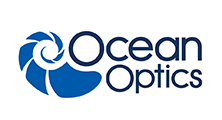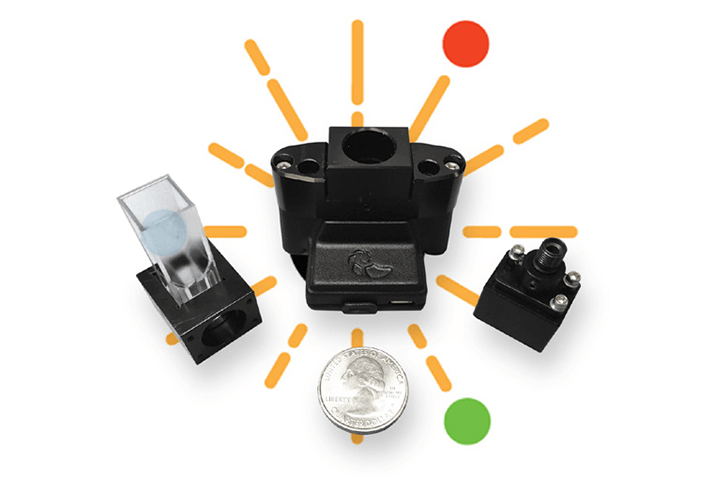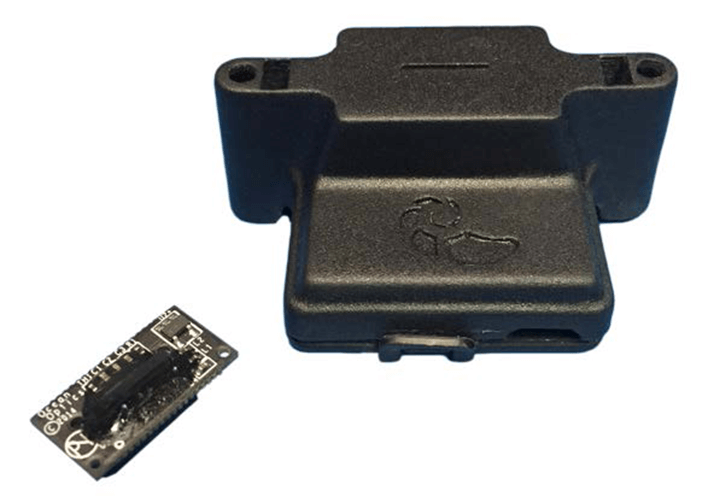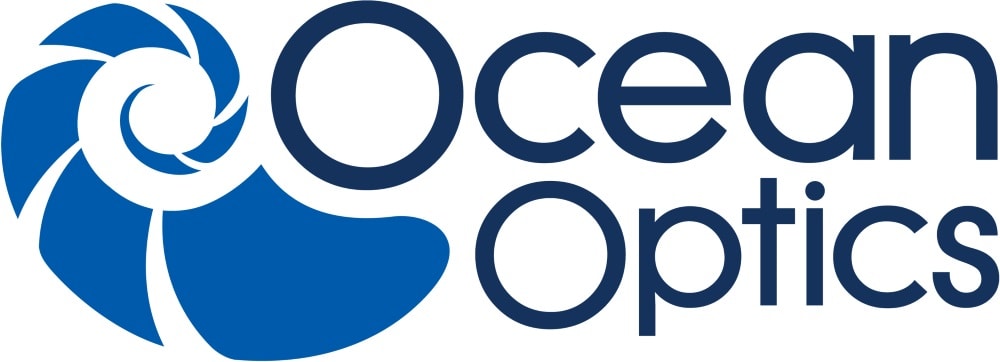Introduction
Spark is a small spectral sensor from Ocean Optics that bridges the spectral measurement gap between filter-based devices such as RGB color sensors and CCD-array instruments such as miniature spectrometers. As this whitepaper explores, Spark reflects recent trends in spectroscopy design – instruments that have become smaller, more affordable and simpler to integrate – but at a scale that makes it accessible to a wider range of potential applications than similar devices.


Background
For more than two decades, Ocean Optics has been an innovator of miniature, high performance spectrometers, covering spectral ranges from the deep ultraviolet to the near infrared spectral region. The focus has been on producing compact, cost effective spectrometers that help meet the needs of applications across multiple markets. This approach has been very effective, helping to create a market for flexible, affordable spectrometers and inspiring thousands of new applications for miniature UV-Vis and NIR spectroscopy. Along the way, Ocean Optics and its imitators helped to shatter the perception that miniature spectrometers are too small and inexpensive to perform as well as larger, more expensive spectrometers. Inevitably, as the miniature spectroscopy market has matured, demand for smaller, faster and less expensive technology has emerged. Much of this demand is led by customers with high-volume measurement needs, where even subtle improvements in product quality and savings in measurement costs can have a significant impact on the bottom line. The market has responded with a variety of microspectrometers and RGB filter-like devices, each with its advantages and limitations. For example, the Ocean Optics STS microspectrometer provides full spectral analysis in a very small footprint, but even at modest pricing by spectrometer standards, may be too costly for some large-volume customers. Also, although less expensive and even simpler to integrate, RGB filter diodes are limited to measuring just a few wavelengths. The Spark spectral sensor introduces another class of product, a device to fill the price-performance niche between diode filter-based devices and spectrometers. Spark is a visible sensor that adds a new dimension both in size – which is about the same as a small microcontroller -- and in cost reduction, but with the ability to perform full spectral analysis from 380-700 nm.
About the Spark Spectral Sensor
The limiting factor for most traditional spectrometers is that a finite volume is required to fold and split the incident beam of light from the sample or the environment where the measurement is being made. Spark uses a form of solid-state optical sensing to reduce the light from the sample into its component wavelengths. Effectively, the Spark is a detector chip that functions as a spectrometer. Spark produces a digitized spectrum from a 1024 pixel array and can be used for all types of spectral measurements including absorbance, emission and fluorescence. It can be embedded into handheld OEM devices for biomedical, environmental and QC applications; integrated onto process lines; or used as a benchtop instrument in the lab.
 Figure 1: The Spark spectral sensor is available in standalone (at right) and embeddable versions.
Figure 1: The Spark spectral sensor is available in standalone (at right) and embeddable versions.Spark comprises a family of spectral sensor products and is available in three formats – a core spectral sensor product and two embeddable, OEM-friendly versions – with the level of integration up to the customer. The Spark-DET-VIS, the smallest version, is at the heart of the plug-and-play core device, and is the smallest spectral device on the market (Figure 1).





